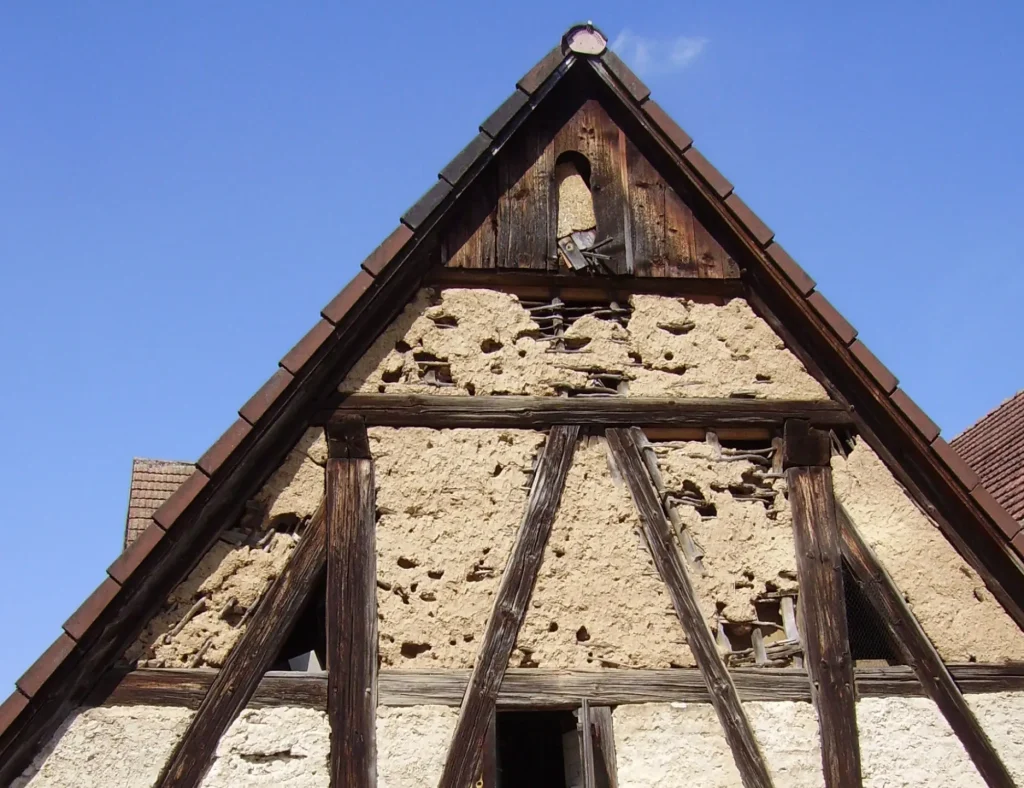Wattle and daub
Wattle and daub is a construction method that has been around for centuries, and it continues to be a popular choice for those looking to build a sturdy and strong structure. This technique combines the strength of woven bamboo with the durability of earth to create a unique and eco-friendly construction solution. If you’re looking for a natural, sustainable, and cost-effective building method, wattle and daub is an excellent choice.
The term “wattle and daub” comes from the two key elements of the construction method: the woven lattice, known as the wattle, and the earthen covering, known as the daub. The wattle is created by weaving split bamboo or other pliable fibers together to create a lattice-like structure. This structure serves as the skeleton for the building and provides stability and support.
The daub is the earthen mixture that covers the wattle and protects it from the elements. This mixture typically consists of a loose cob mix, made from a combination of clay, sand, and organic material. The daub is applied in layers to the wattle, and each layer is tamped down to increase the strength and density of the wall.

One of the key benefits of wattle and daub construction is its sustainability. This method of building uses only natural and local materials, reducing the need for energy-intensive materials like cement and bricks. Additionally, the use of bamboo as the wattle is both environmentally friendly and cost-effective, as bamboo is a readily available and renewable resource in many parts of the world.
Another advantage of wattle and daub construction is its versatility. The walls can be straight or curved, and the technique can be used to build walls of any height. Additionally, the walls can be finished with a variety of materials, including cement stucco, adobe, or lime plaster, allowing for a range of styles and aesthetic options.

